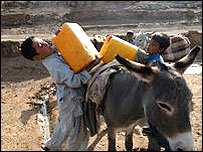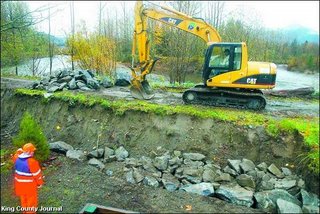Gulf Stream weakened in 'Little Ice Age'
The Gulf Stream — the ocean current that helps to bring warm weather to much of the North Atlantic region — was significantly weakened during the period known to historians as the Little Ice Age, new research reveals.
The discovery supports the notion that a slowing of ocean currents — as some fear might happen in our future — can have significant consequences for climate.
From around 1200 until 1850, during which average temperatures across the Northern Hemisphere dipped by around 1 °C, the strength of the Gulf Stream also slackened by up to 10%, oceanographers report.
from Nature.com














